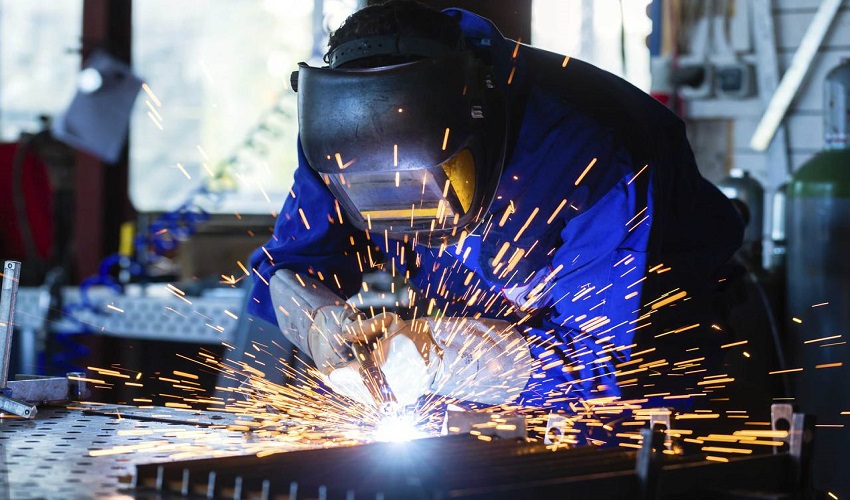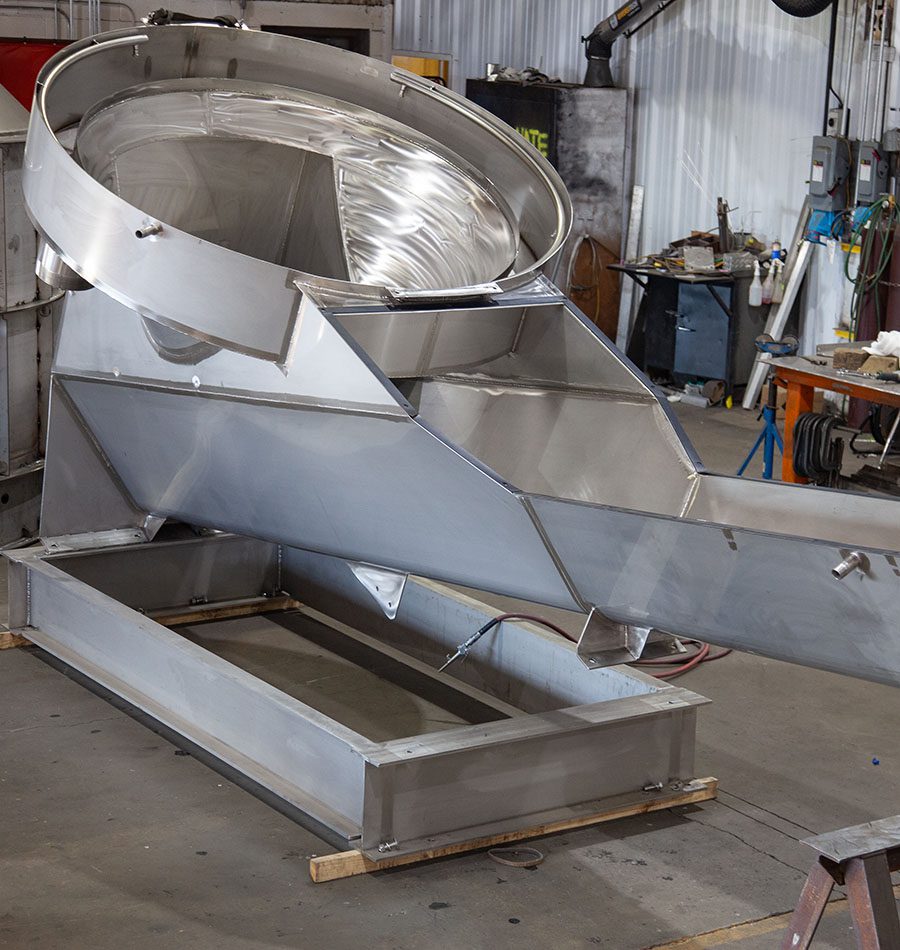Advanced Steel Fabrication Melbourne: Building the Future Today
Wiki Article
Cutting-edge Trends in Steel Fabrication: Enhancing Resilience and Accuracy
In the world of steel construction, the pursuit of longevity and precision has brought about a wave of ingenious trends that are improving the industry. From innovations in welding innovations to the combination of robotic automation in manufacture processes, the landscape of steel manufacturing is progressing rapidly. High-strength alloy advancement, coupled with the use of 3D modeling and simulation software, is pressing the boundaries of what is attainable in terms of structural honesty and accuracy. In addition, the growing focus on lasting methods in steel manufacturing is not just driving effectiveness yet likewise fostering a more environmentally aware technique to manufacture. These trends are not just shaping the here and now yet also laying the foundation for the future of steel manufacture, promising further enhancements in longevity and precision.Advanced Welding Technologies
In the realm of steel fabrication, the fostering of cutting-edge welding modern technologies has dramatically reinvented the industry's technique to achieving remarkable quality and accuracy in architectural welds. Advanced welding innovations, such as laser light beam welding and friction mix welding, have emerged as game-changers in the area. By leveraging these advanced welding methods, steel fabricators can raise the sturdiness, strength, and precision of their architectural welds, meeting the increasingly requiring needs of modern building tasks.Robotic Automation in Construction
Welcoming robotic automation has come to be a cornerstone of modern steel construction techniques, streamlining processes and improving effectiveness throughout the sector. Robots are transforming the means steel parts are made, offering exceptional accuracy and rate while reducing human error. These automated systems can deal with repeated tasks with constant precision, bring about greater quality output.One key advantage of robotic automation in steel fabrication is the ability to work around the clock without tiredness, substantially boosting manufacturing outcome. This constant procedure lessens downtime and speeds up job timelines, inevitably conserving prices for suppliers. In addition, robotics can be set to do complex jobs that may be challenging or dangerous for human employees, boosting security in the work environment.
Additionally, robot automation enables smooth assimilation with other digital modern technologies, such as computer-aided design (CAD) software application and Net of Things (IoT) systems (steel fabrication melbourne). This interconnected strategy enhances communication in between various phases of fabrication, enhancing operations and guaranteeing real-time tracking and control. As the steel manufacture sector continues to develop, robotic automation attracts attention as a transformative pressure driving efficiency and precision in producing processes

High-Strength Alloy Growth
The innovation of high-strength alloy growth in steel manufacture is improving the sector's strategy to boosting product longevity and efficiency. High-strength alloys are crafted to display exceptional mechanical buildings, such as boosted tensile strength, durability, and deterioration resistance compared to conventional steel grades. By integrating these sophisticated alloys into fabrication procedures, suppliers can create elements that endure higher stress degrees and extreme atmospheres, resulting in more official site sturdy and trusted output.One key advantage of high-strength alloy advancement is the ability to lower material thickness without endangering structural integrity. This not just results in lighter-weight parts however also adds to cost savings and enhanced efficiency in manufacture and assembly procedures. Additionally, the enhanced strength-to-weight proportion of these alloys enables the layout and building of frameworks with higher load-bearing abilities while reducing total weight.
3D Modeling and Simulation Software Program
Advancements in steel construction procedures have actually been dramatically propelled by the integration of advanced 3D modeling and simulation software application tools. These tools allow fabricators to create comprehensive virtual models of their projects, allowing them to envision the last item with accuracy before any physical work begins.
Lasting Practices in Steel Production
Incorporating sustainable techniques into steel manufacturing procedures is necessary for decreasing environmental impact and making certain lasting source schedule. One essential lasting practice is the fostering of energy-efficient technologies to lower greenhouse gas exhausts throughout the steel manufacturing procedure. This consists of using renewable resource sources, such as solar or wind power, to power steel plants and executing energy-efficient devices to maximize power usage.An additional critical facet of sustainable steel production is the liable sourcing of resources. This includes making certain that the iron ore and other resources made use of in steelmaking are obtained from environmentally friendly and honest resources. By advertising openness in the supply chain and sticking to rigorous environmental standards, steel producers can lessen the adverse influences of resource extraction on local communities and neighborhoods.

Verdict
Finally, the innovative fads in steel manufacture such as sophisticated welding innovations, robotic automation, high-strength alloy growth, 3D modeling and simulation software program, and lasting methods are enhancing the durability and accuracy of steel products. These advancements are changing the steel construction industry by boosting quality, sustainability, and effectiveness. It is clear that the future of steel fabrication hinges on embracing these sophisticated technologies to fulfill the demands of modern-day construction and production sectors.In the realm of steel manufacture, the pursuit of longevity and precision has actually led to a wave of cutting-edge patterns that are improving the industry.In the realm of steel manufacture, the adoption of advanced welding modern technologies has substantially changed the industry's technique to attaining exceptional high quality and accuracy in architectural welds. As the steel fabrication market proceeds to evolve, robotic automation stands out as a transformative force driving effectiveness and accuracy in making processes.
Additionally, reusing and recycling steel scrap and waste products play a significant role in improving the sustainability of steel manufacturing. Alpha reo.In conclusion, the innovative patterns in steel construction such as sophisticated welding modern technologies, robot automation, high-strength alloy growth, 3D modeling and simulation software, and sustainable practices are enhancing the resilience and precision of steel products
Report this wiki page